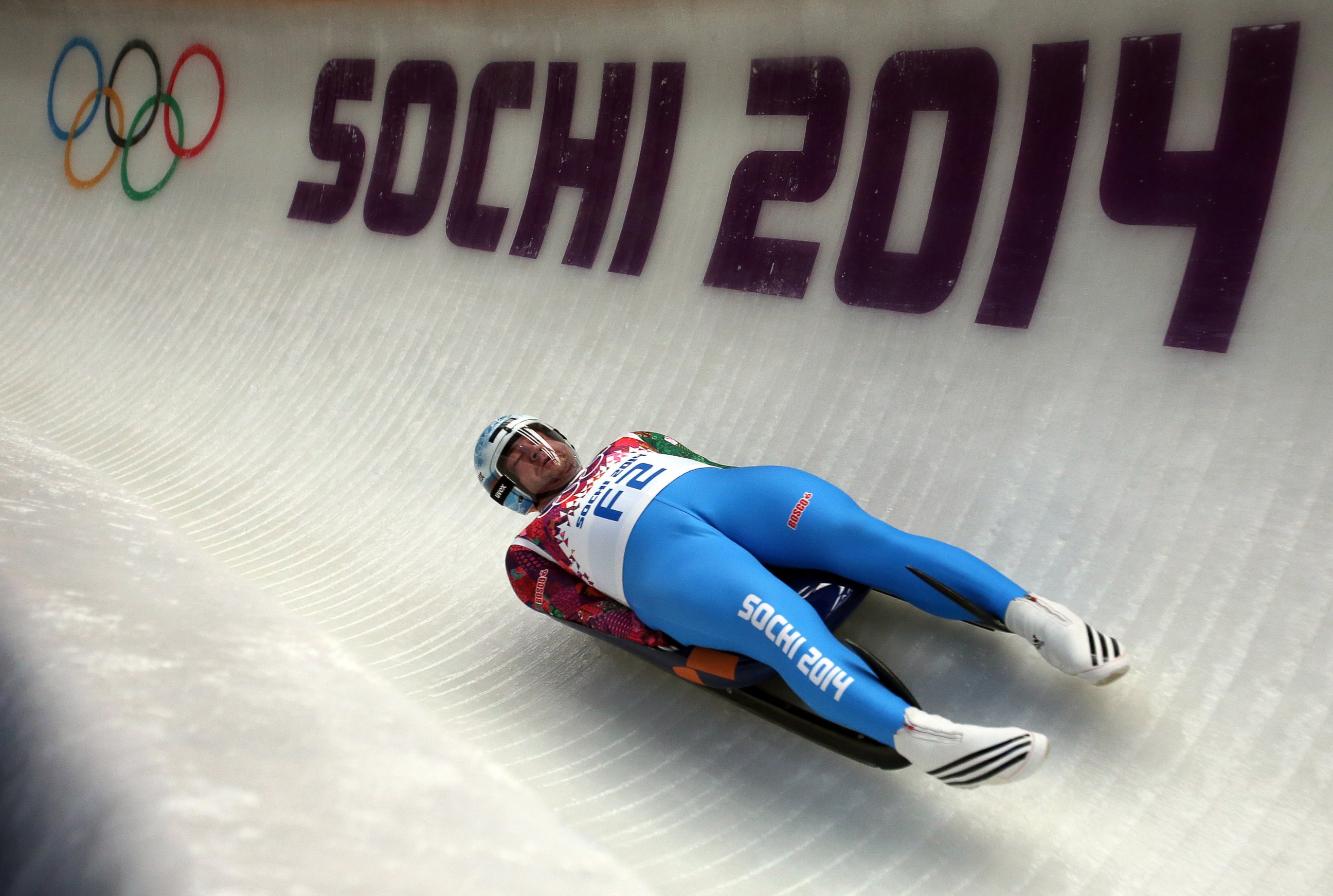Winter Olympic Sports: One Size Doesn't Fit All
Matching your innate body type to the sport is one of the keys to success.
Feb. 11, 2014— -- Training, grit, superb technique. It takes a lot to become an Olympic champion.
Starting out with the innate body type for your sport certainly helps, said Tim Hewett, director of Ohio State University's Sports Health and Performance Institute. So, from small to tall, from light to beefy, check out what Hewett describes as the ideal body type for each of these Winter Olympic sports.
Related: Meet Hottest Athletes of Sochi Olympics
Figure skating
This sport favors shorter, lighter athletes with slightly shorter limbs. Hewett said this body type is best for overall body control and faster spins. Skating athletes also need stronger lower bodies to jump high. But too much bulk and they can't propel themselves into the air. The average American female figure skater, for example, is a petite 5'3" and 108 pounds.
Short track speed skating
These athletes can range from very tall to very short. They're bulk is centered in their legs, which is ideal for generating maximum power and navigating tight turns, Hewett said. Longer distance skaters tend to be slightly taller than the sprinters. The average size in men's speed skating is 5'9" and 161 pounds but there are six inches and 53 pounds separating the smallest and biggest athlete on the team.
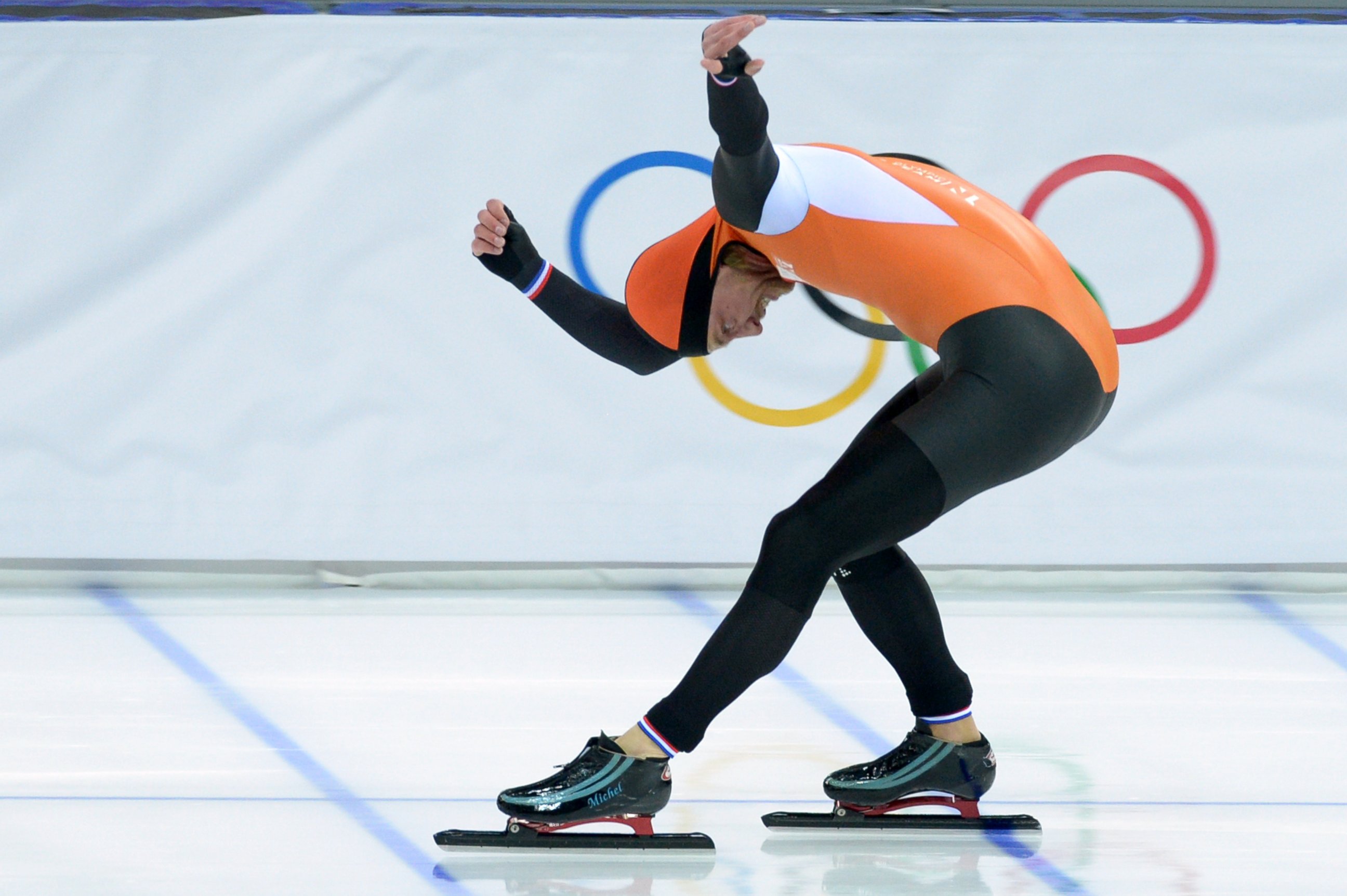
Freestyle skiing
Downhill skiers are best off being about average height with a lot more bulk than say, a figure skater. Shorter, muscular limbs are a bonus because they help absorb the bumps. Plus the lower center of gravity makes it easier to stay upright. The average American female freestyler is 5'5" and 134 pounds. The average male is 5'11" and 171 pounds.
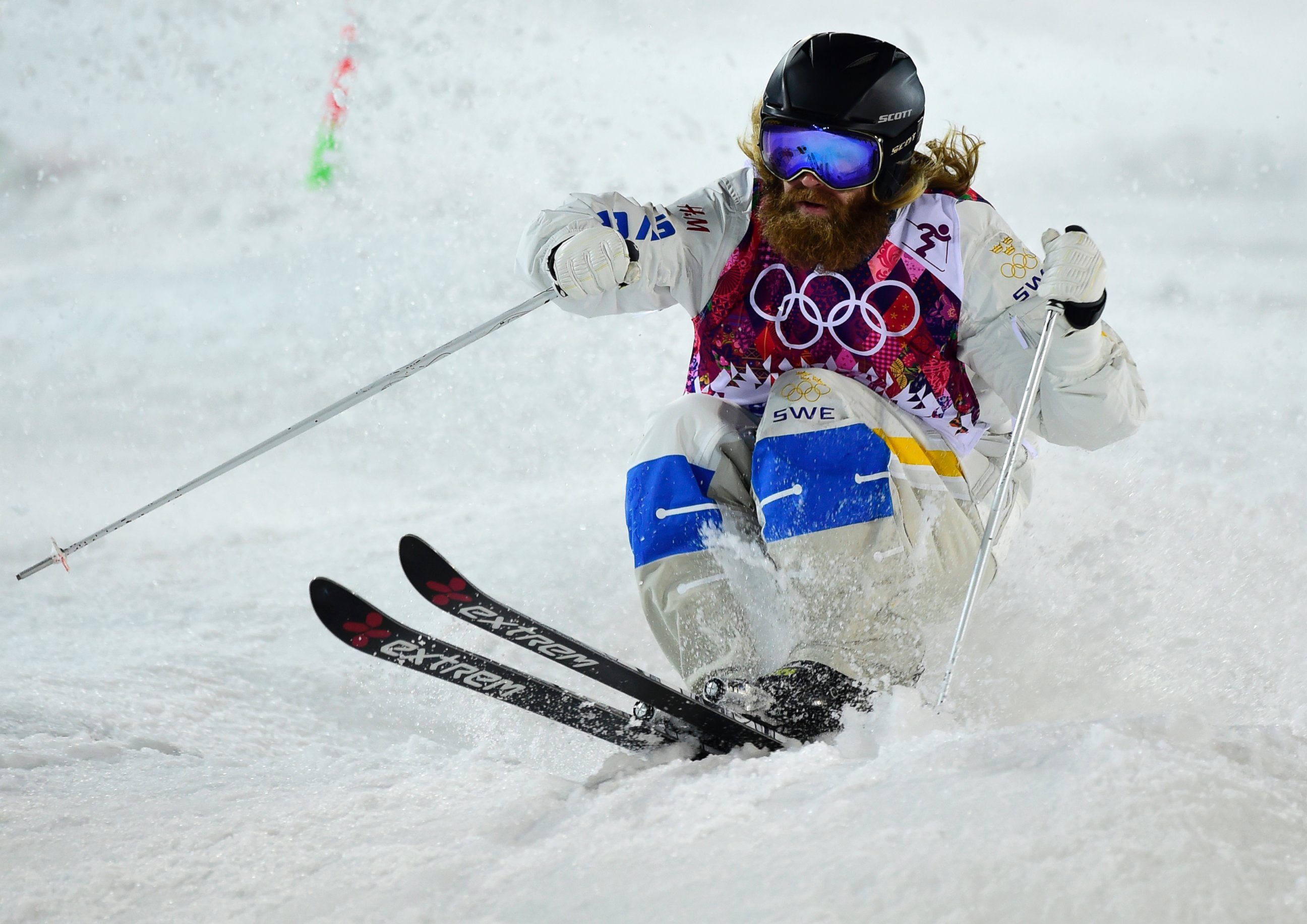
Snowboard
Snowboarders are medium-to-short in stature and on the lighter side, with strong and muscular middle and lower bodies. Shaun White, for example is 5'8" and weighs about 139 pounds.
Related: A Look Back at Past Olympics
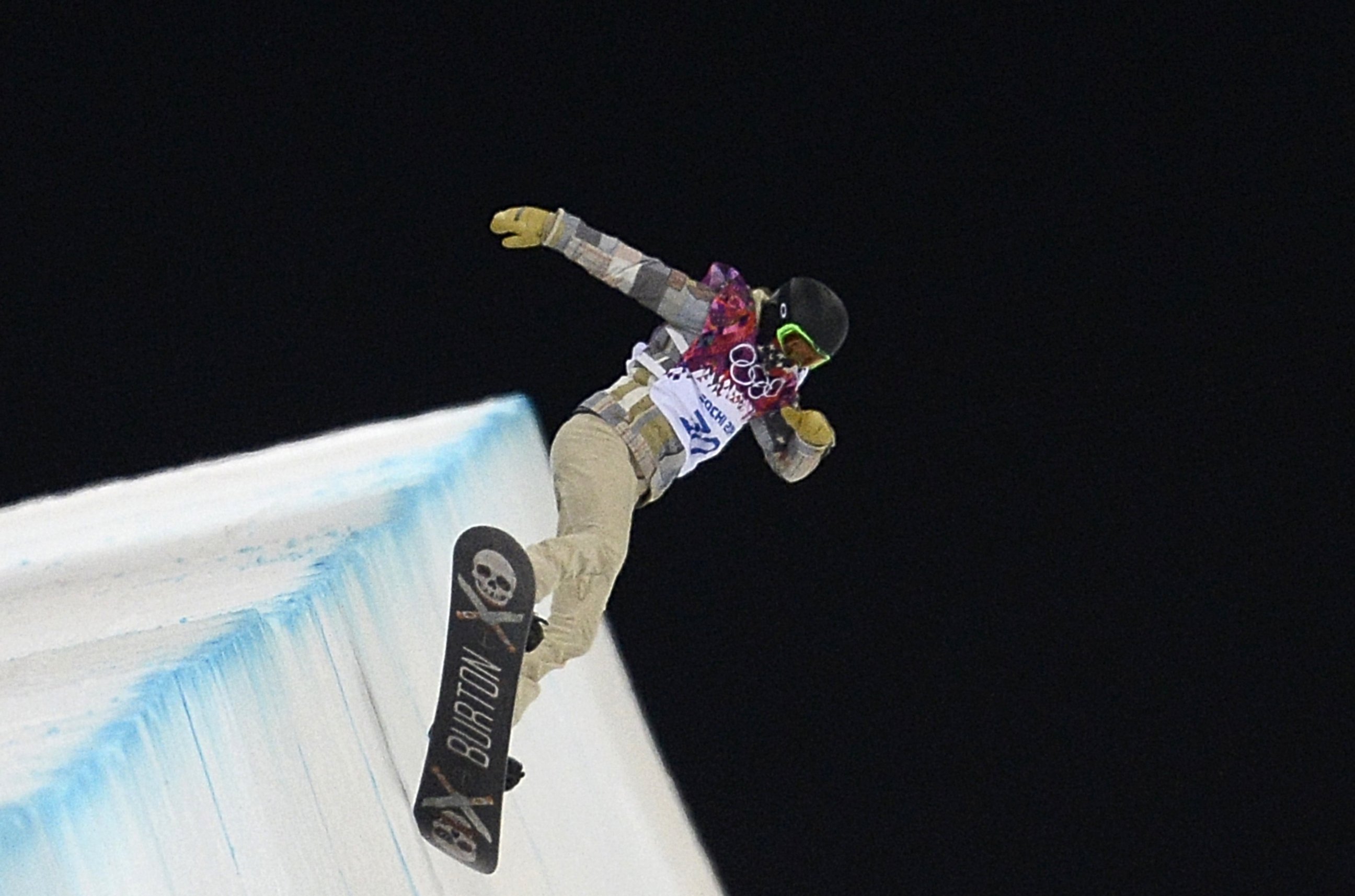
Nordic, Cross Country Ski and Biathlon
To excel at Nordic and cross country skiing events it's good to be tall but not too tall, and lean but not too lean. Think muscular runner versus beefy body builder. A thinner body is better for endurance but skiers still need enough of that muscular engine to push them along, Hewett said. The average American woman on this team is 5'5" and 128 pounds. The average man is 5'9" and 170 pounds.
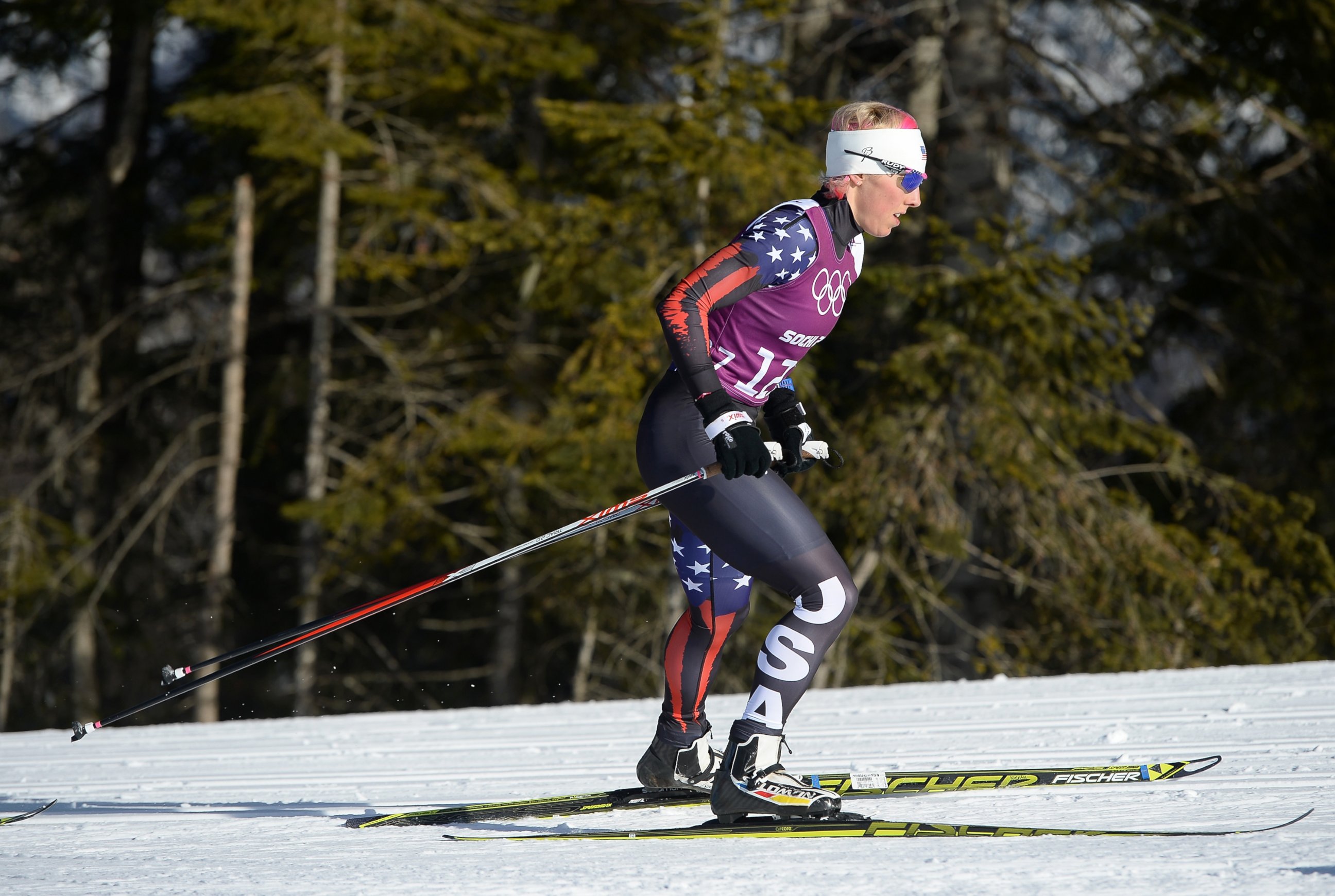
Curling
There's a lot of bending over during a curling match, so height can be a disadvantage. However, though many curlers are of average height, there's a fairly wide spread among the Olympic competitors. Curlers want to be muscular but not bulky. Upper body mass is especially helpful for pushing the broom. Average size on the American curling team: 5'6" and 144 pounds for women and 5'10" and 182 pounds for men.
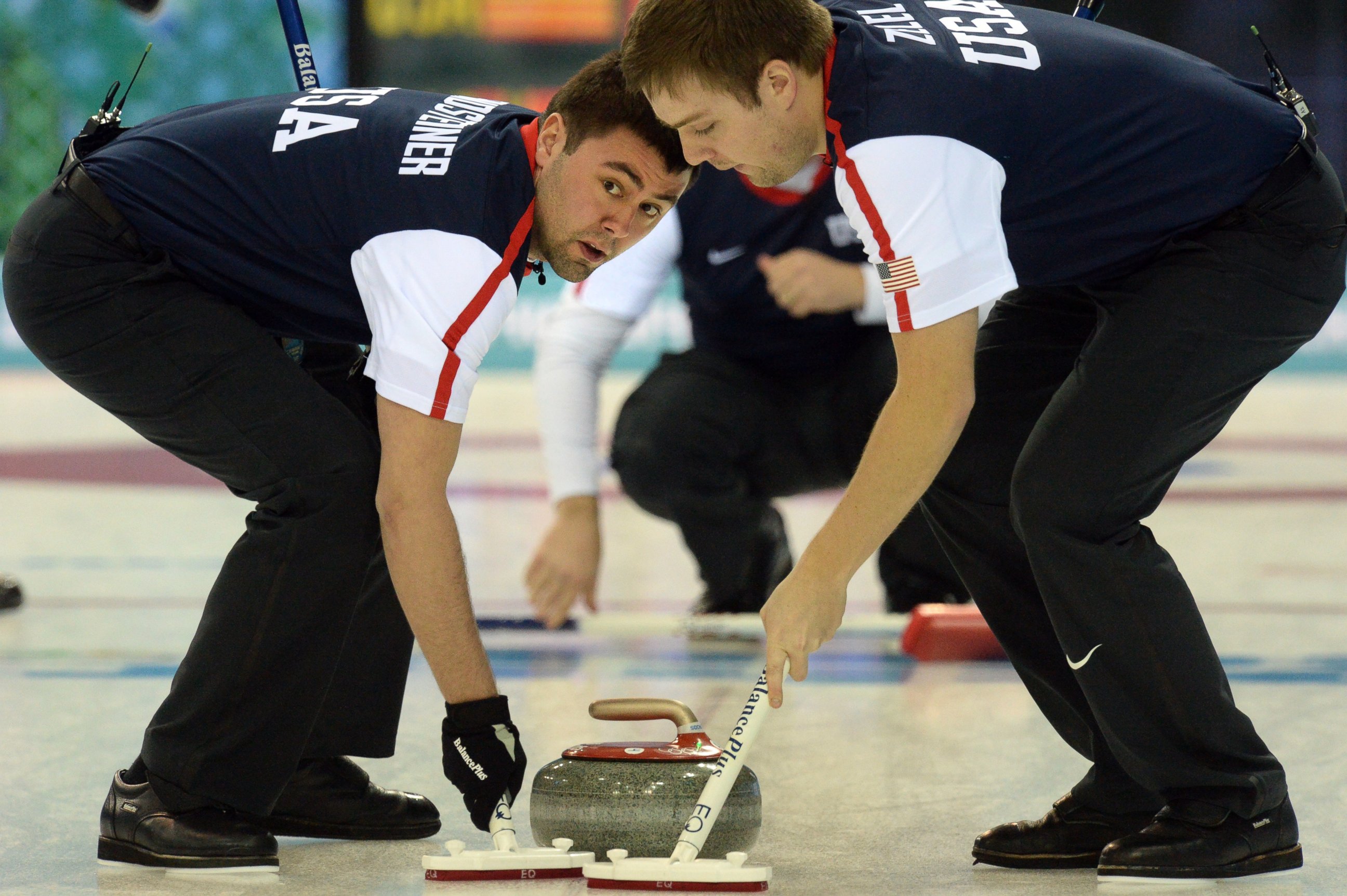
Skeleton and Bob Sled
The physics of the sport dictate that heavier athletes who are of average height and have a higher mass to propel them down the hill are faster. Having some body fat for extra bulk is good for a Skeleton athlete, though they also need a high percentage of muscle mass for power. At 5'10" and 175 pounds, American skeleton athlete Kyle Tress fits the bill perfectly.
Related: Sochi Olympics Daily Recap
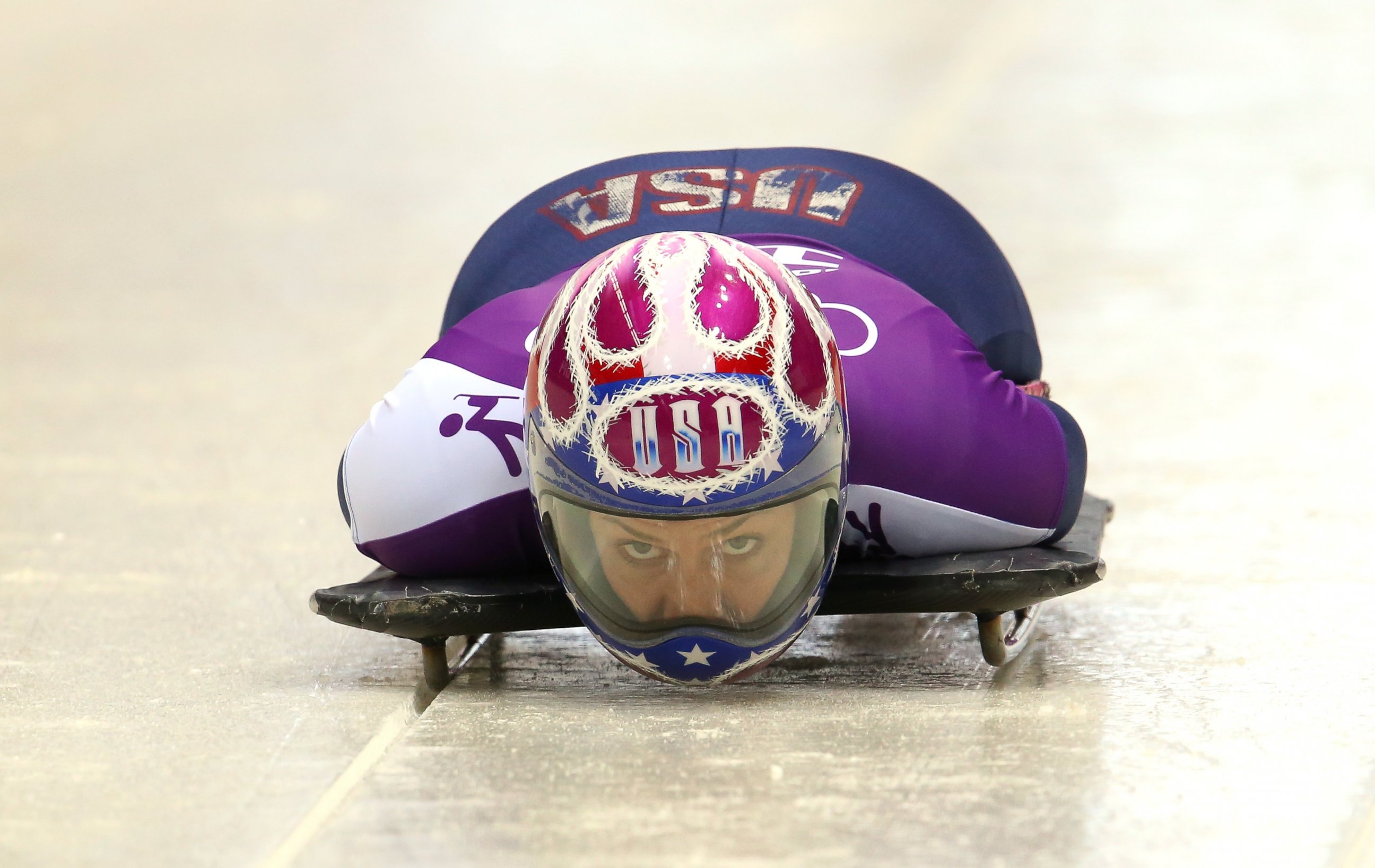
Ski jumping
The saying in this sport is, "Fat Don't Fly." That's because it's all about aerodynamics. The ideal ski jumper is very long and light to the point of almost looking anorexic. For example, American ski jumper Peter Frenette is 6 feet tall and 145 pounds.
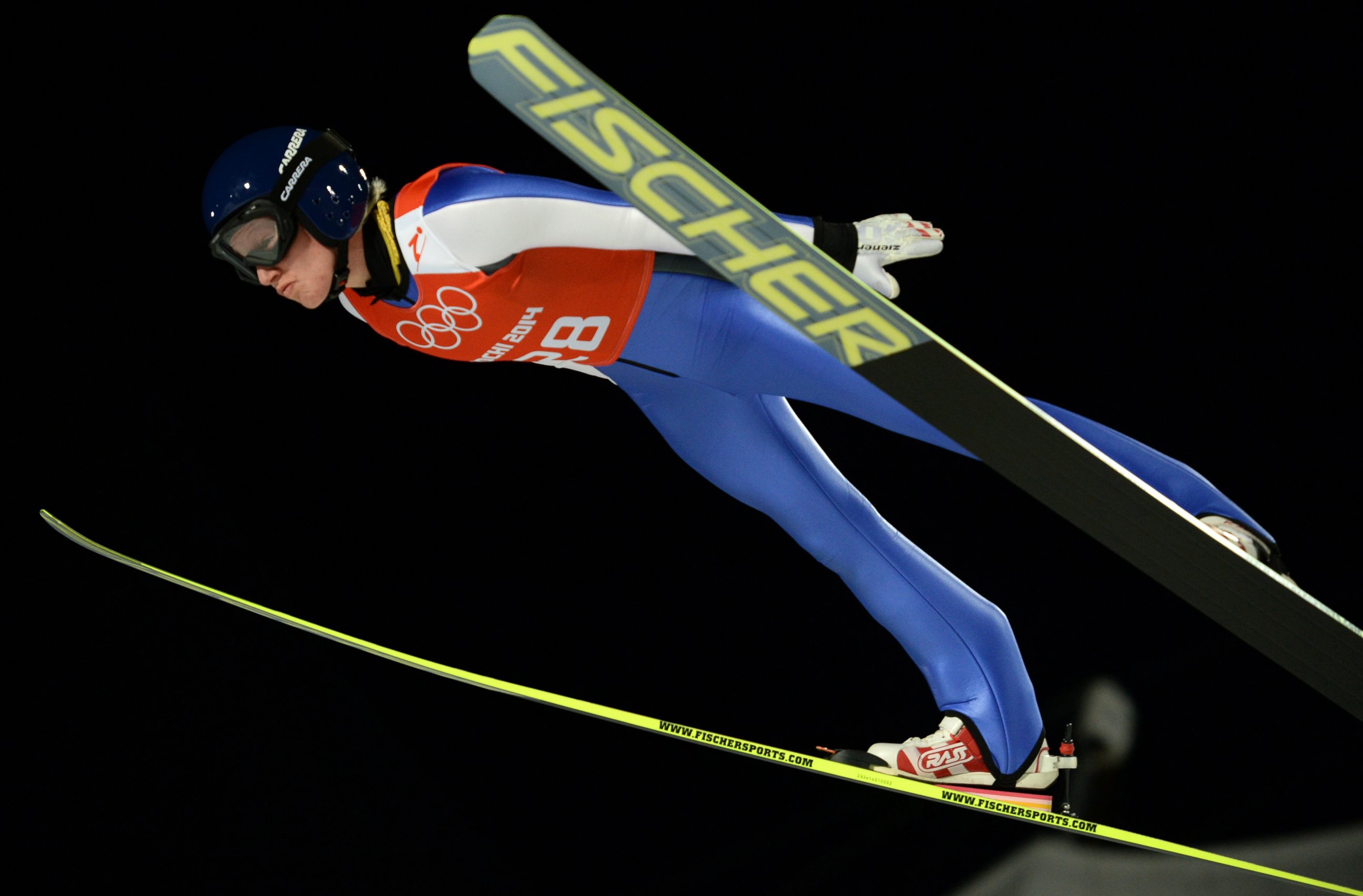
Luge
Because this is a gravity-based sport, it's best to be taller and heavier. Taller athletes have longer arms to push the sled and the extra weight helps propel the sled as it accelerates out of the start. Elite women are generally over 5'7" and 150 pounds. Men are generally right around six feet tall and weigh over 180 pounds.
